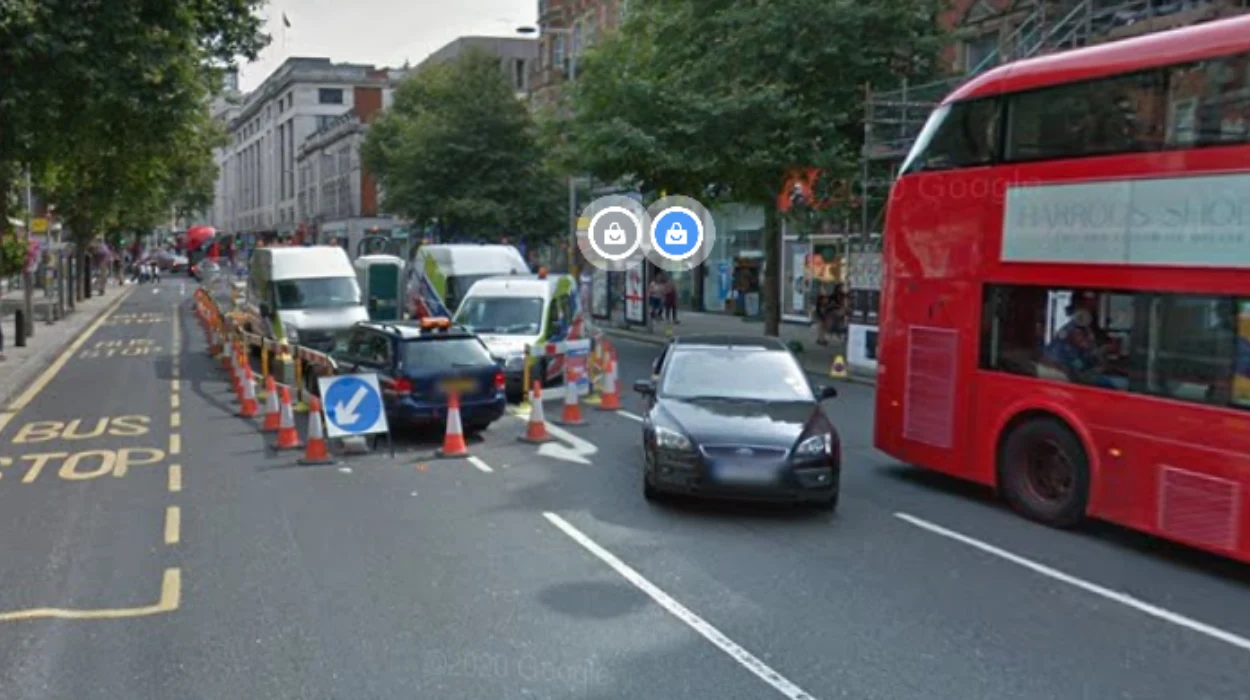Kensington & Chelsea (Parliament Politics Magazine) – Kensington and Chelsea recorded fewer road casualties last year, reflecting improved traffic safety measures and ongoing efforts to reduce road-related injuries.
According to preliminary data, fewer traffic fatalities were reported in Kensington and Chelsea last year.
It comes as the AA urged the government to impose more severe punishments for drugged driving and failing to wear seat belts.
According to preliminary data from the Department for Transport, there were 610 traffic fatalities in Kensington and Chelsea last year, which is 12% fewer than the 693 recorded in 2023.
There was only one fatality among the casualties last year, compared to three in 2023.
In 2024, there were 128,375 road deaths in Great Britain, a 3% decrease over the previous year.
Meanwhile, the number of fatalities increased just 1%, with 1,633 reported last year.
AA president Edmund King said:
“Every death on our roads is a tragedy, and sadly we are still losing at least four people a day.
If this level of loss was experienced on any other form of transport, there would be a national inquiry and public outcry. Yet, for some reason, we seem to accept this as the risk of moving around our communities. This should not be the case.”
Mr. King demanded that “bold action” be included in the government’s next road safety plan, such as tougher sanctions for drugged driving and seatbelt failure.
Additionally, he emphasized the necessity of “protecting newly qualified drivers” to make sure they are comfortable driving before “exposing them to additional risks” such as transporting passengers of the same age.
According to the numbers, June of last year saw the greatest number of casualties (2,236) throughout the London police force region.
Throughout 2024, there were 23,819 casualties throughout the entire policing region.
The DfT statistics were deemed “alarming” by RAC road safety spokesperson Rod Dennis.
“This data is yet more evidence of the need for a renewed focus on saving lives on the roads, so we look forward to the publication of the Government’s road safety strategy,”
he said
A DfT spokesperson said:
“Every death on our roads is a tragedy and the safety of our roads is an absolute priority for this Government.
We’ve been clear that more needs to be done in this space, which is why we are committed to delivering a new Road Safety Strategy – the first in over a decade and will set out next steps on this in due course.”
Why are pedestrian and motorcyclist casualties higher than London averages?
In crowded urban settings with heavy traffic, pedestrians are more vulnerable, which raises the possibility of collisions. Higher pedestrian casualty rates are a result of London’s congested streets and heavy foot traffic.
Bicyclists and motorcyclists frequently share space with pedestrians, which can result in disputes and accidents.
A disproportionate number of collisions that result in pedestrian casualties involve motorcycle riders (PTWs). According to studies, PTW riders are more than eight times as likely as bicycles and cars to be engaged in collisions that cause pedestrian injuries per kilometer traveled, and they are more than fourteen times as likely to be involved in pedestrian fatalities in Inner London.
The danger of casualties may rise because some demographics—such as women, children, and the elderly—are less accustomed to negotiating traffic and are therefore more vulnerable.


